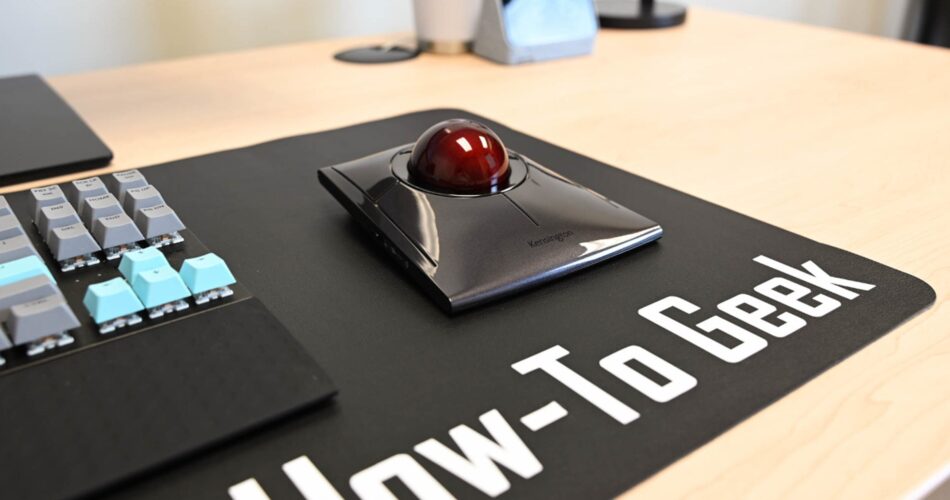
The trackball mouse has fallen out of favor thanks to optical mice and trackpads, but there are compelling reasons to consider adding a trackball mouse to your current setup. It might just turn out to be the change you need.
Trackballs Are Ergonomic
Considering how incredibly important ergonomics is with how much time we spend using computers today, a key advantage to trackball mice is their ergonomics. Yes, there are many great conventional ergonomic mice, including rather novel vertical mice. However, all conventional mice involve some sort of wrist and arm motion, which can lead to strain.
With a trackball, you can avoid making repetitive movements with your wrist and arm, using only your fingers to manipulate the trackball. If you’re a hardcore mouse jockey during your work day, a trackball mouse may give your wrists a rest and help alleviate or avoid painful repetitive strain problems.
They’re More Precise
Trackballs are quite possibly the most accurate pointing device, depending on the exact model you buy and the specifications it brings to the table. With a large trackball, it’s much easier to make precise mouse movements than with a traditional mouse. Your connection with the mouse pointer feels much more direct in comparison. One downside is that this contact with your fingers does mean they need more regular cleaning.
Compared to trackpads, one thing trackballs do exceptionally well is allow easy pointer movement while holding down a mouse button. Click-and-drag operations using a trackpad usually require multiple awkward swipes, but with a trackball, you can flick and stop the trackball. This lets you cover a larger distance just as easily as moving it precisely to traverse a short one.
You Can Use Them Anywhere
Trackballs were the preferred laptop-pointing device for a significant portion of portable computing history because they can be used anywhere, just like a laptop itself. Today, slipping a trackball mouse into your laptop bag rather than a conventional mouse frees you up to use your laptop in almost any place without the compromises of a trackpad.
Even in a home setting, a wireless trackball mouse is a perfect device if you want to use a computer anywhere other than a desk. It’s great for using a computer hooked up to a TV, such as a home theater PC. The trackball works equally well on your knee as it does on an armrest.
You’ll Save Space
Conventional mice need room to move, and desk space is always at a premium. A trackball mouse only needs as much room as the size of the mouse itself. So it doesn’t matter how much other stuff you’ve got lying around your desk surface. The trackball will work as intended.
(Some) Trackball Mice Are Ambidextrous
If you’re left-handed, you know the struggle of finding a good left-handed mouse. Ambidextrous mice do exist, but as a rule, they aren’t all that ergonomic. Trackballs, on the other hand, offer both great ergonomics and cater to left and right-handed users.
That claim does come with an asterisk, however. Some trackball mice are left or right-handed only, such as the Logitech MX Ergo trackball mouse.
Thumb-Operated Trackball Mouse
For symmetrical trackball mice, however, using either hand should be equally comfortable. In fact, you may even want to switch between using either hand to spread out the long-term effects of repetitive movements even more than a trackball does by itself.
Trackballs Aren’t For Everyone
While you may think of trackballs as a thing of the past, you shouldn’t forget them as an option, and there’s still a hardcore group of users who swear by trackball mice for creative work, productivity, and ergonomics. Still, they aren’t going to work for everyone.
Gamers, for example, probably won’t find the trackball experience always suits their needs. But of course, you can always dual-wield a trackball and gaming mouse so you’re using the right weapon for the battle at hand.
Source link




